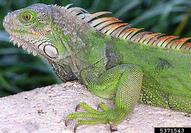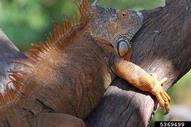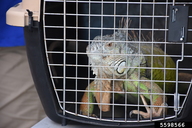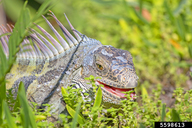
Vladimir Dinets, University of Miami, Bugwood.org
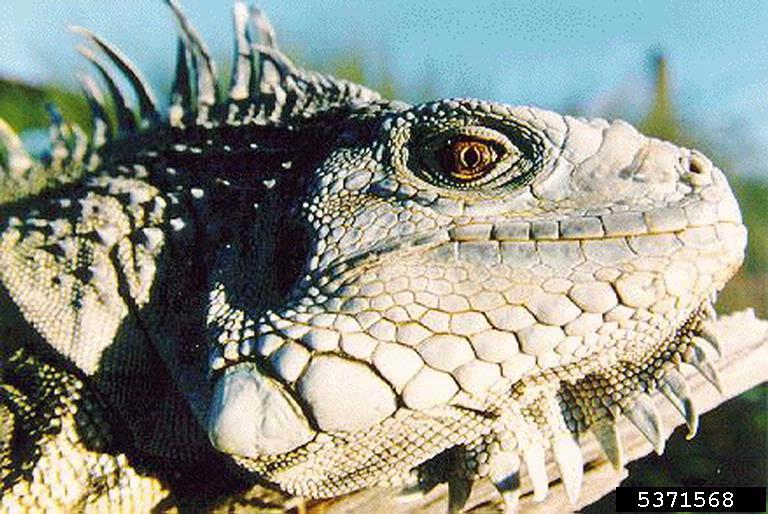
Mike Pingleton, University of Illinois at Urbana-Champaign, Bugwood.org
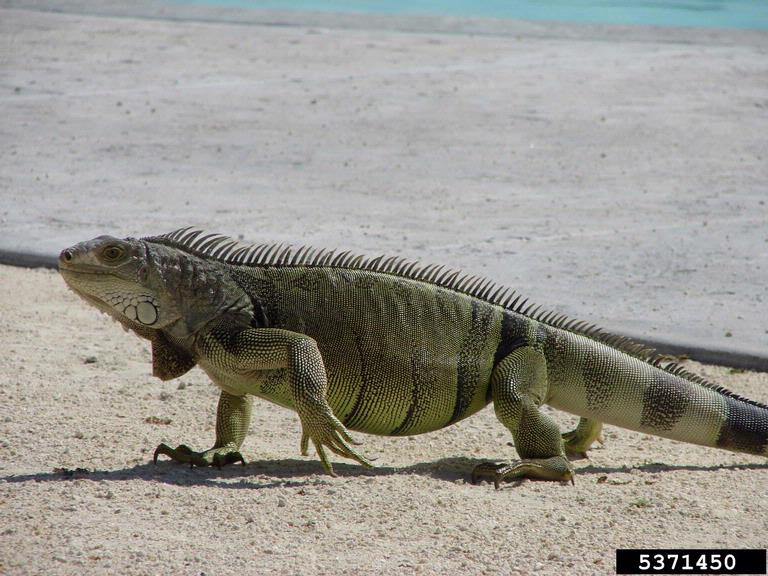
Vicky Quick, National Biological Information Infrastructure, Bugwood.org

Tony Pernas, USDI National Park Service, Bugwood.org

Erick Ahlbrandt, Bugwood.org
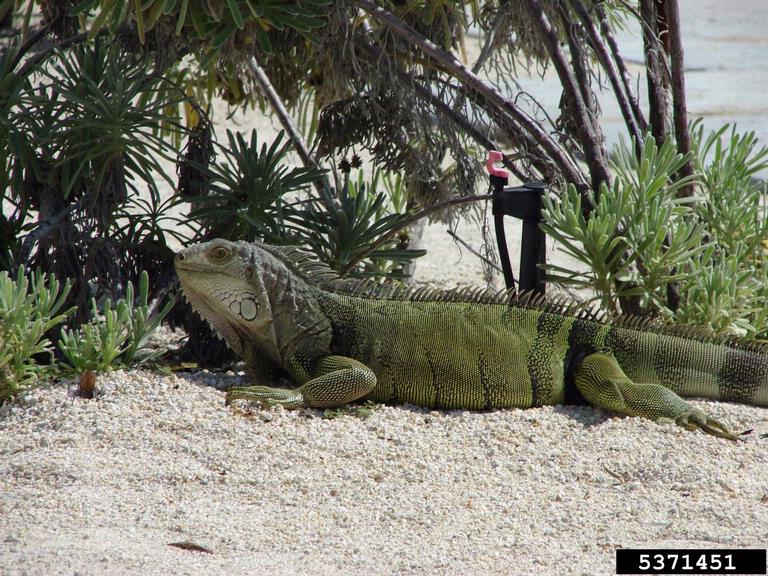
Vicky Quick, National Biological Information Infrastructure, Bugwood.org
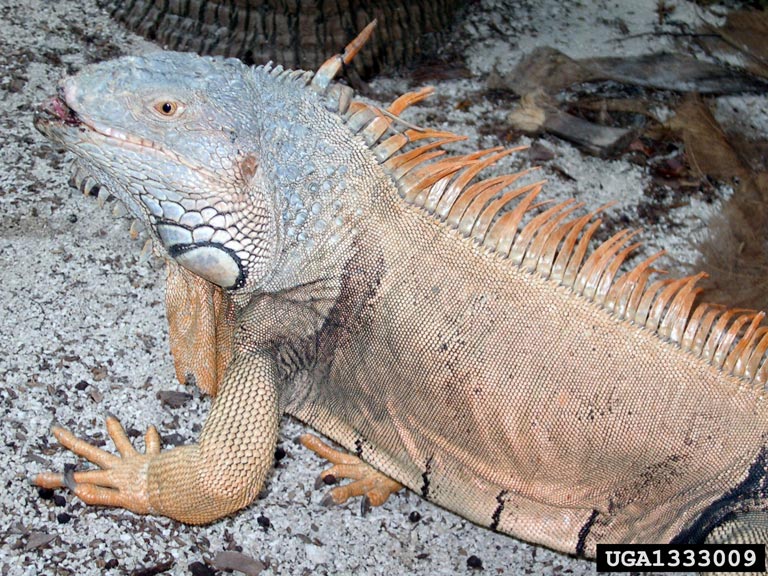
Walter Stahel, Environmental Bay of Plenty, Bugwood.org

Vicky Quick, National Biological Information Infrastructure, Bugwood.org

Rebekah Nelson, Florida Fish and Wildlife Conservation Commission, Bugwood.org

Andy Wraithmell, Florida Fish and Wildlife Conservation Commission, Bugwood.org
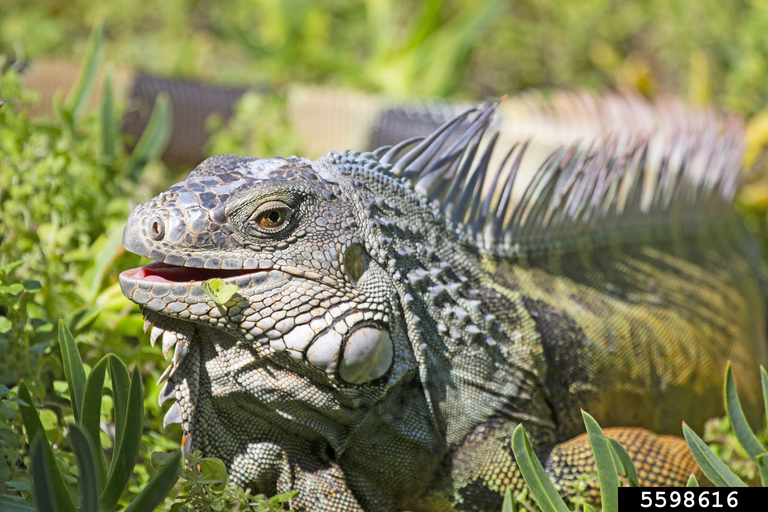
Andy Wraithmell, Florida Fish and Wildlife Conservation Commission, Bugwood.org

Andy Wraithmell, Florida Fish and Wildlife Conservation Commission, Bugwood.org
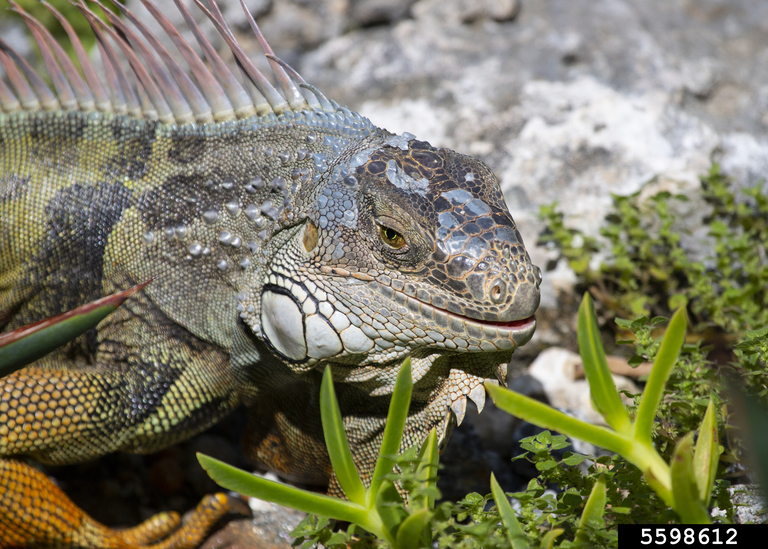
Andy Wraithmell, Florida Fish and Wildlife Conservation Commission, Bugwood.org

Andy Wraithmell, Florida Fish and Wildlife Conservation Commission, Bugwood.org
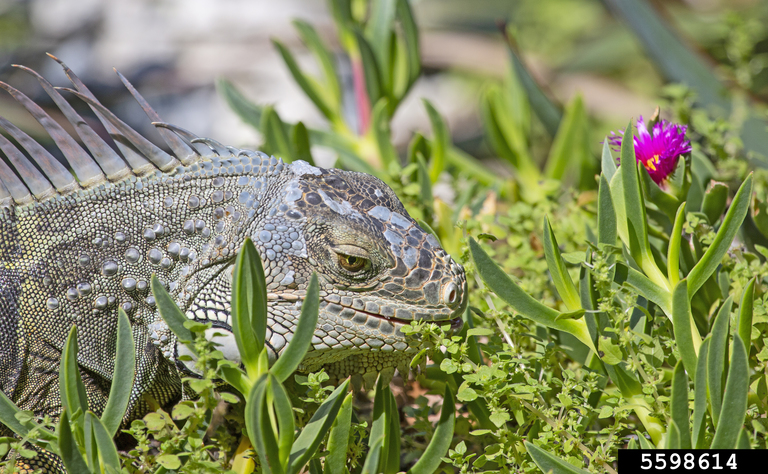
Andy Wraithmell, Florida Fish and Wildlife Conservation Commission, Bugwood.org
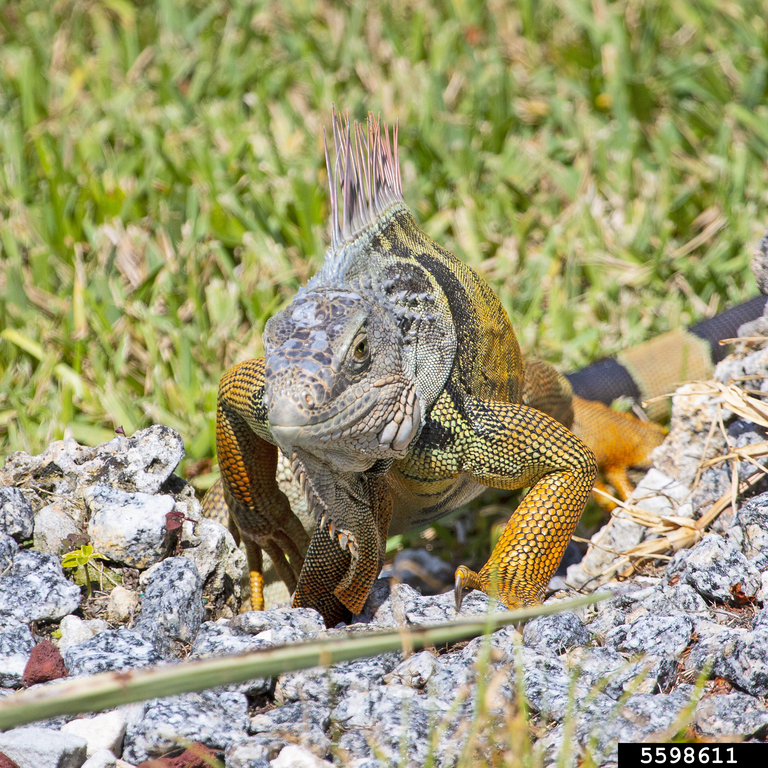
Andy Wraithmell, Florida Fish and Wildlife Conservation Commission, Bugwood.org
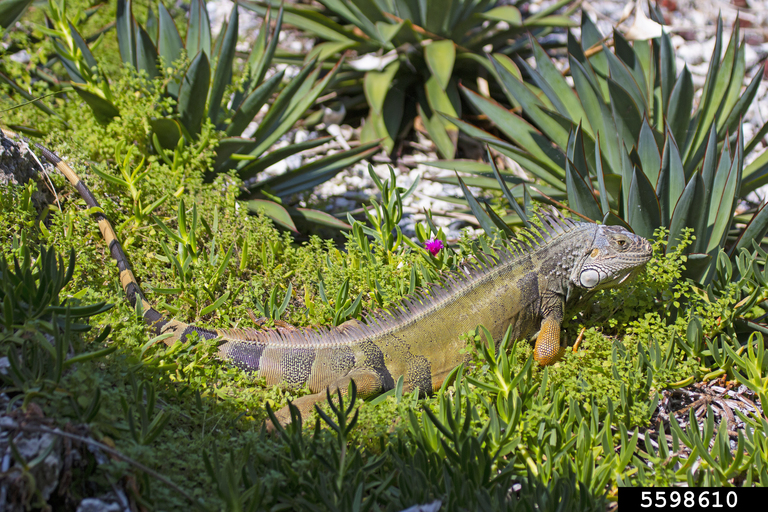
Andy Wraithmell, Florida Fish and Wildlife Conservation Commission, Bugwood.org
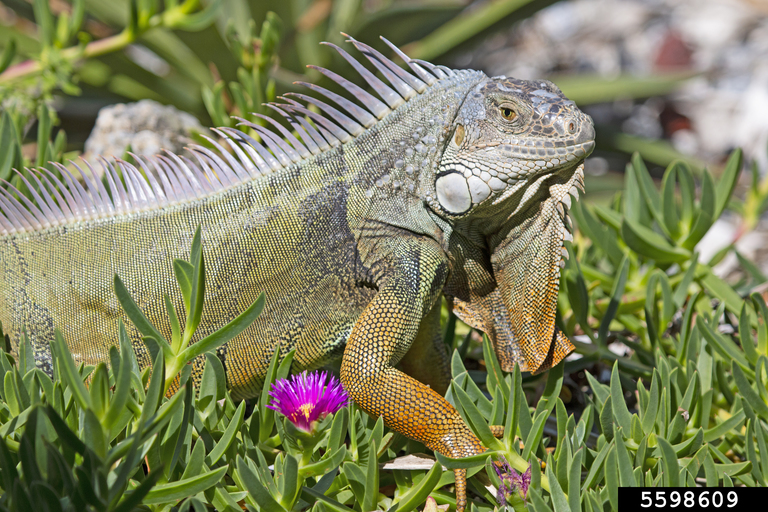
Andy Wraithmell, Florida Fish and Wildlife Conservation Commission, Bugwood.org

Florida Fish and Wildlife Conservation Commission , Bugwood.org
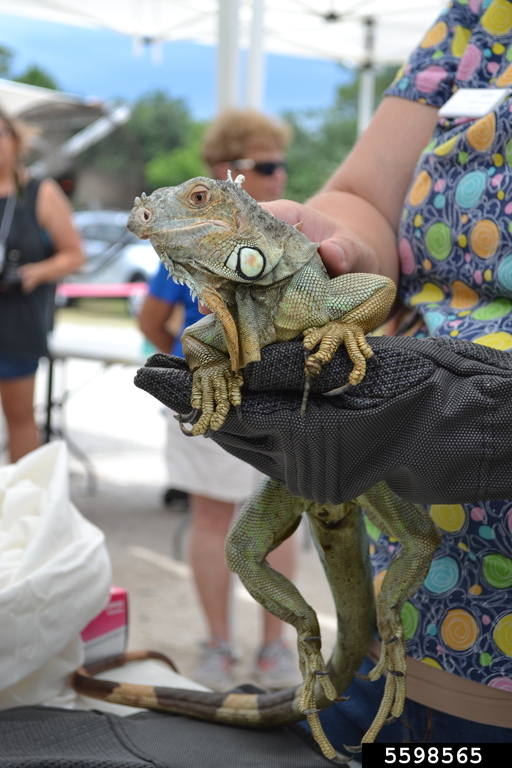
Florida Fish and Wildlife Conservation Commission , Bugwood.org
